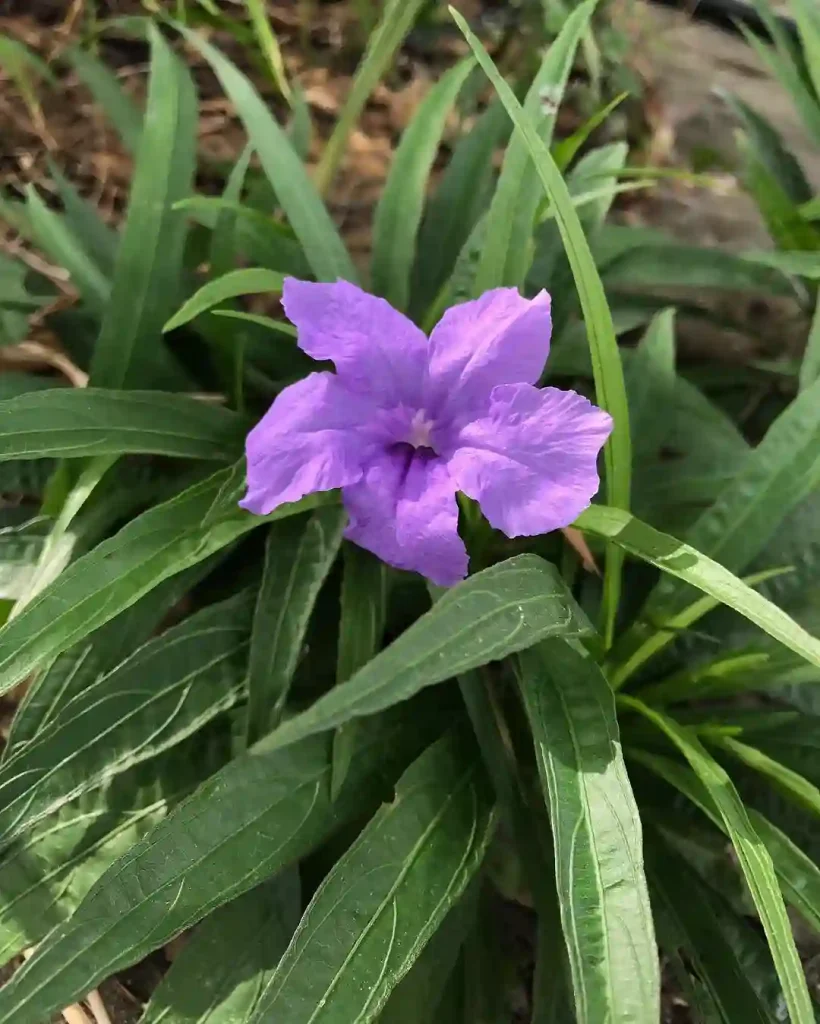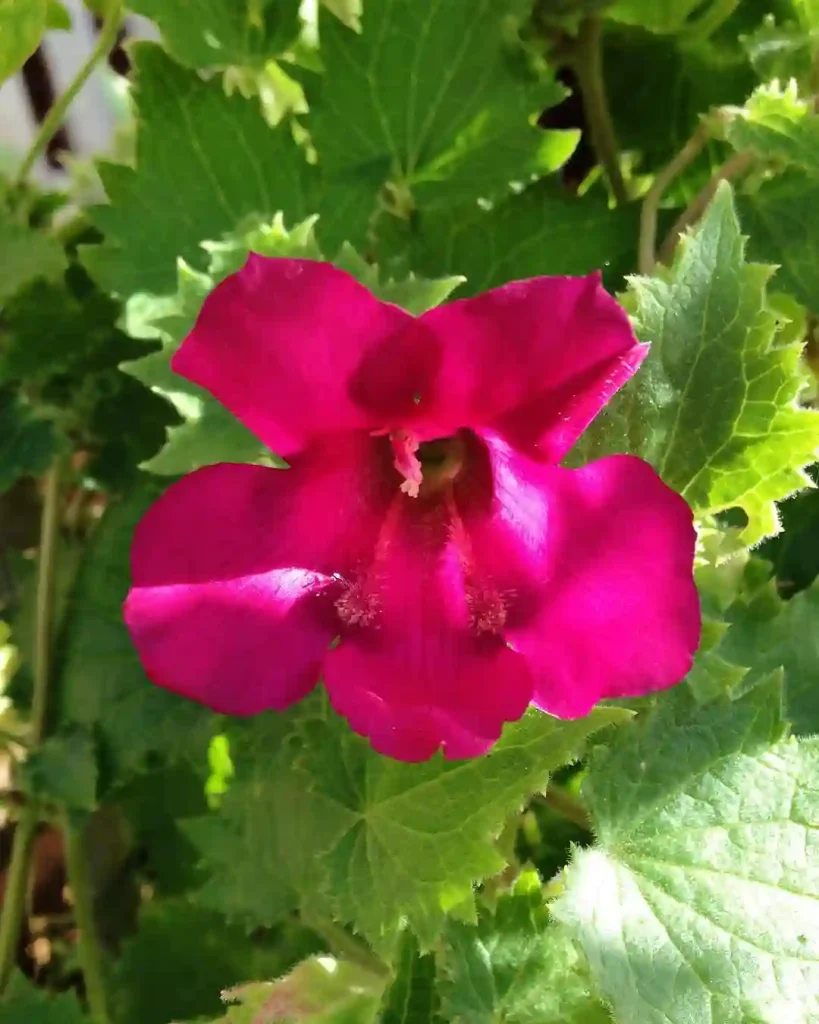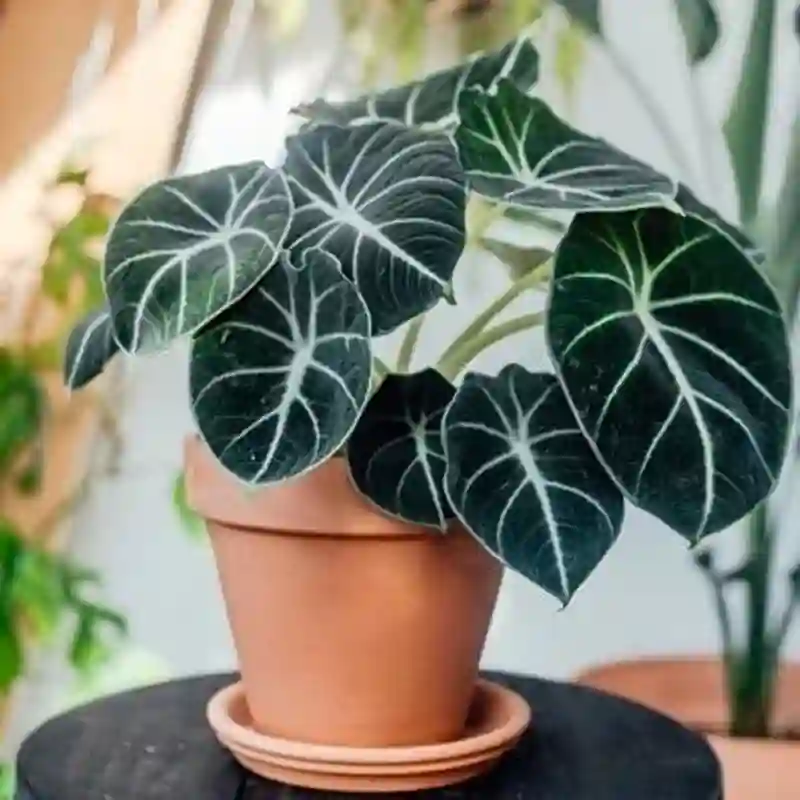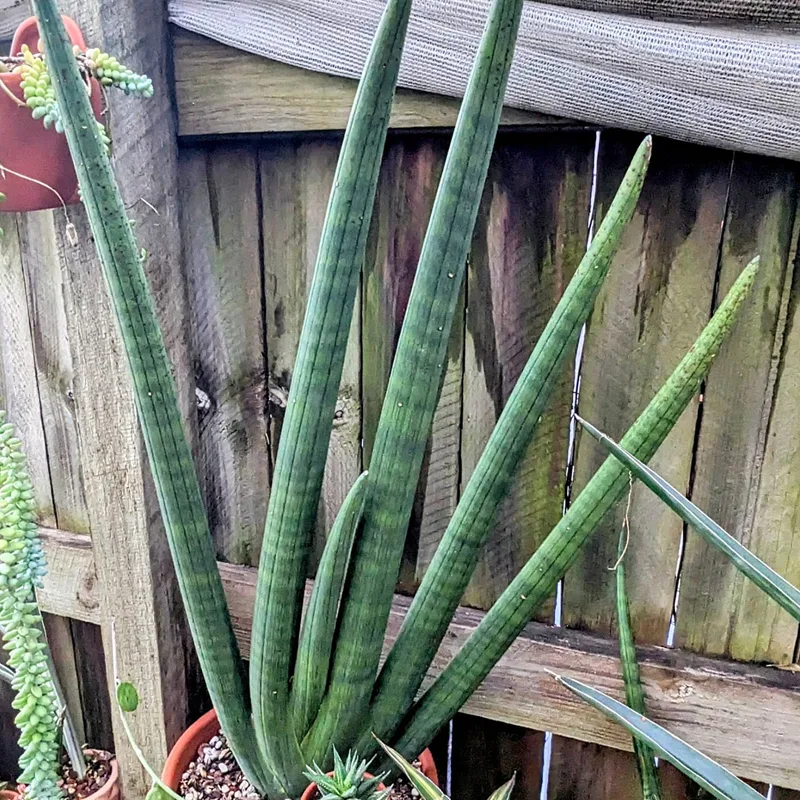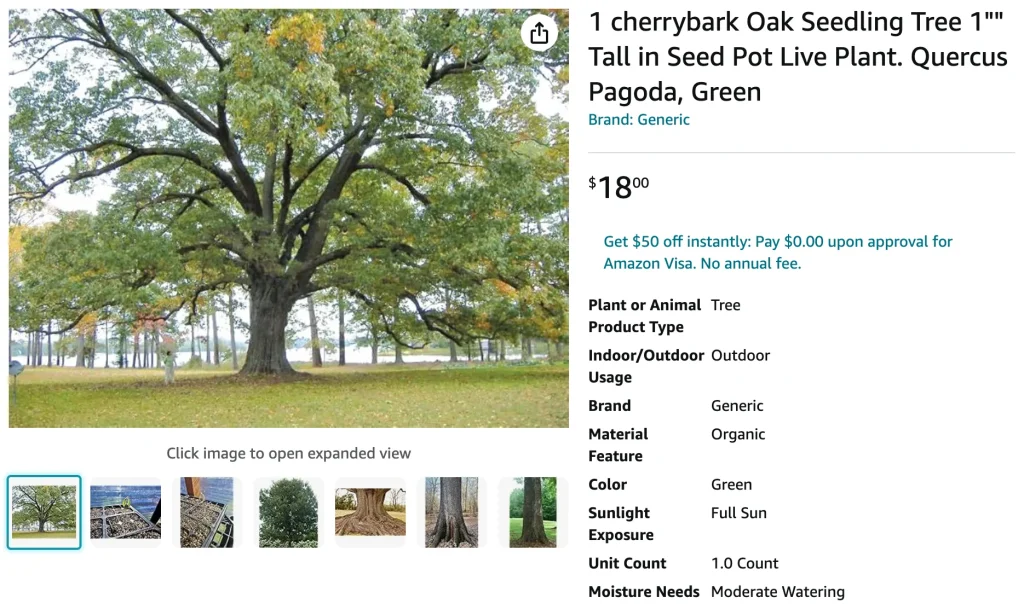
What is Quercus Pagoda?
Quercus Pagoda, commonly referred to as Cherrybark Oak, is a native tree in the southeastern United States. It’s a member of the red oak group and gets its name from its distinctive bark, which resembles the bark of a cherry tree. This tree grows fast and can reach heights of 60 to 100 feet, making it a popular choice for both urban and rural landscapes. The leaves of Quercus Pagoda are large, with lobes that are somewhat pagoda-like in shape, hence the name.
657 Species in Genus Quercus
How to Care for Quercus Pagoda?
Caring for a Quercus Pagoda tree is fairly straightforward, but it does require the right conditions to thrive. This oak prefers well-drained soils and can tolerate a variety of soil types, including clay and loam. It’s important to plant it in full sun to encourage optimal growth.
- Watering: During the first few years, it’s essential to water the tree regularly, especially during dry spells. Once established, Quercus Pagoda becomes drought-tolerant, but occasional deep watering during prolonged droughts can help.
- Pruning: Regular pruning is recommended to maintain the structure of the tree and remove any dead or damaged branches. Pruning is best done in late winter or early spring before the tree begins to leaf out.
- Fertilization: While it doesn’t require heavy fertilization, a balanced, slow-release fertilizer applied in the spring can promote healthy growth.
How to Propagate Quercus Pagoda?
Quercus Pagoda can be propagated from acorns, just like many other oak species. Here’s how I usually go about it:
- Collect acorns in the fall, once they’ve matured and dropped from the tree.
- Test viability by placing the acorns in water. Discard any that float, as they’re likely not viable.
- Cold stratify the acorns by placing them in a moist medium (like sand or peat moss) and storing them in the refrigerator for about 6-8 weeks.
- Plant the acorns in pots or directly in the ground after the stratification period. Make sure to plant them in well-draining soil and keep them moist.
Patience is key when propagating from acorns, as it may take a couple of years for the sapling to establish.
What to Plant with Quercus Pagoda?
If you’re looking to create a natural woodland or park setting, Quercus Pagoda pairs well with other native species such as Sweetgum (Liquidambar styraciflua), Tulip Poplar (Liriodendron tulipifera), and various Hickory trees. These species complement the Cherrybark Oak’s growth patterns and share similar environmental requirements.
For understory plants, shade-tolerant shrubs like Rhododendrons and Azaleas can thrive beneath Quercus Pagoda, adding layers of interest to your landscape.
Is Quercus Pagoda Toxic?
Quercus Pagoda, like many oak species, can be mildly toxic to livestock and pets if large quantities of its acorns or leaves are ingested. The tannins present in the leaves and acorns can cause gastrointestinal upset in animals. However, for humans, the tree poses no toxicity issues.
What Are the Benefits of Quercus Pagoda?
One of the biggest benefits of Quercus Pagoda is its role in wildlife support. The tree provides habitat and food for various bird species, small mammals, and insects. The acorns serve as an important food source for squirrels, deer, and turkeys.
Additionally, Cherrybark Oak is a valuable timber species. Its wood is used in furniture-making, flooring, and construction because of its strength and durability. Planting this oak also contributes to reforestation efforts and supports biodiversity in forest ecosystems.
Common Problems with Quercus Pagoda
While generally a resilient tree, Quercus Pagoda is susceptible to certain pests and diseases. The most common issues include:
- Oak Wilt: This fungal disease can quickly kill oak trees. It’s important to avoid pruning during the growing season, as this can make the tree more vulnerable.
- Borer Insects: Insects like the Oak Borer can tunnel into the wood and cause damage over time. Keeping the tree healthy through proper care can help prevent infestations.
- Anthracnose: This is a common fungal issue that affects oak leaves. While it rarely kills the tree, it can lead to defoliation. Ensuring good air circulation around the tree and avoiding overhead watering can reduce the risk.
Comparing Quercus Pagoda with Other Oaks
Quercus Pagoda is often confused with other red oaks, particularly the Southern Red Oak (Quercus falcata). While they are similar in appearance, there are a few key differences. Cherrybark Oak typically has straighter, more upright branches and tends to grow faster. Its wood is also more valuable commercially due to its quality.
Another common point of confusion is with the Shumard Oak (Quercus shumardii). Both trees have similar leaves, but Quercus Pagoda generally has a more symmetrical, pagoda-like leaf structure, whereas Shumard Oak’s leaves are more irregular in shape.
Conclusion
Quercus Pagoda is an impressive and versatile tree that offers significant ecological, aesthetic, and practical benefits. It’s a great option for anyone looking to plant a fast-growing, sturdy oak tree. Whether you’re trying to attract wildlife, enhance your landscape, or harvest valuable timber, this tree is a solid choice. With proper care and attention, Quercus Pagoda can thrive in various environments and continue to be a valuable part of any natural setting.
If i die, water my plants!
